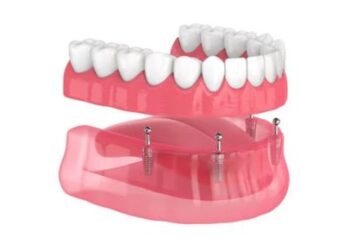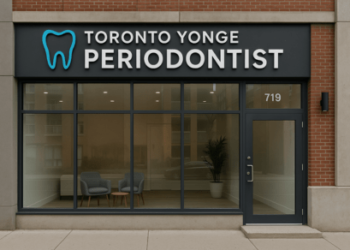
The dental disorder known as enamel hypoplasia is characterized by insufficient tooth enamel development. Numerous dental issues, such as increased vulnerability to cavities, tooth sensitivity, and cosmetic difficulties, can result from this illness as explained by a Houston Texas dentist. To preserve optimal oral health and obtain proper dental treatment, residents of Houston, Texas, must have a thorough understanding of enamel hypoplasia.
Enamel Hypoplasia: What Is It?
When the enamel, the tooth’s hard outer coating, does not form correctly during tooth creation, the condition known as enamel hypoplasia results. This leads to weak, pitted, or thin enamel, which might increase the teeth’s susceptibility to harm and decay. Both primary (baby) teeth and permanent teeth are susceptible to the illness, which can damage one or several teeth locally.
Causes of Enamel Hypoplasia
Enamel hypoplasia can be caused by a variety of genetic and environmental factors
Genetic Factors
Amelogenesis imperfecta is a hereditary condition that impairs the production of enamel on all teeth and is one of the main genetic causes of enamel hypoplasia. Enamel hypoplasia can also be made more likely by other hereditary disorders such as Down syndrome or celiac disease. Enamel abnormalities can vary in severity from minor discoloration to serious structural problems due to several hereditary causes.
Environmental Elements
Enamel hypoplasia can arise as a result of several environmental causes. Enamel production can be hampered by nutritional shortages, especially if vital elements like calcium and vitamin D aren’t received during tooth development. Enamel growth can also be hampered by serious sickness or infections that occur in infancy or early childhood, as well as by certain drugs such as tetracycline antibiotics.
Symptoms of Enamel Hypoplasia
The symptoms of enamel hypoplasia can vary depending on the severity and extent of the condition. Common signs include:
- Discoloration: Affected teeth may appear yellow, brown, or white. The discoloration can be patchy or cover the entire tooth.
- Pits and Grooves: Teeth may have visible pits, grooves, or lines, making the surface uneven.
- Thin Enamel: The enamel may be noticeably thinner, making the teeth appear smaller or more translucent.
- Increased Sensitivity: Thinner enamel can lead to increased sensitivity to hot, cold, or sweet foods and beverages.
- Higher Risk of Cavities: Weak or deficient enamel is more prone to decay, increasing the risk of cavities and other dental issues.
Diagnosis and Treatment
A dental examination and, occasionally, X-rays to determine the severity of the enamel deficiencies are required for the diagnosis of enamel hypoplasia. For the illness to be adequately managed and other oral problems to be avoided, early detection is essential.
Preventive Actions
The management of enamel hypoplasia and the preservation of general oral health depend heavily on preventative measures. Frequent dental exams are necessary to track the condition and catch any problems early. Enamel can be shielded from further damage by practicing basic dental hygiene, which includes brushing twice a day with fluoride toothpaste and flossing once a day. A balanced diet that is high in vital minerals, like calcium and vitamin D, can also promote normal tooth growth and reduce the incidence of enamel hypoplasia.
The origins, symptoms, and available treatments for enamel hypoplasia must all be thoroughly
understood because it is a complicated dental problem. To manage enamel hypoplasia and guarantee optimal oral health, in Houston, Texas people must obtain adequate dental treatment and maintain good oral hygiene practices. For those who are impacted by this illness, routine dental examinations, preventative measures, and prompt interventions can help preserve teeth and enhance overall quality of life.











